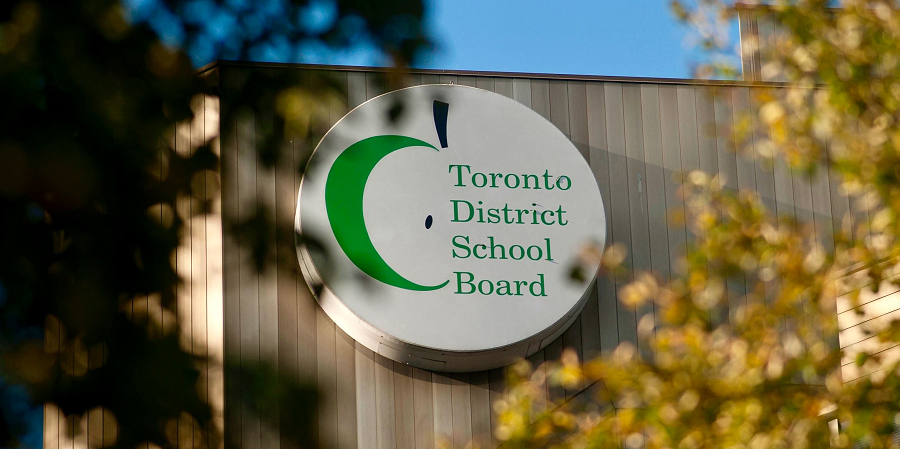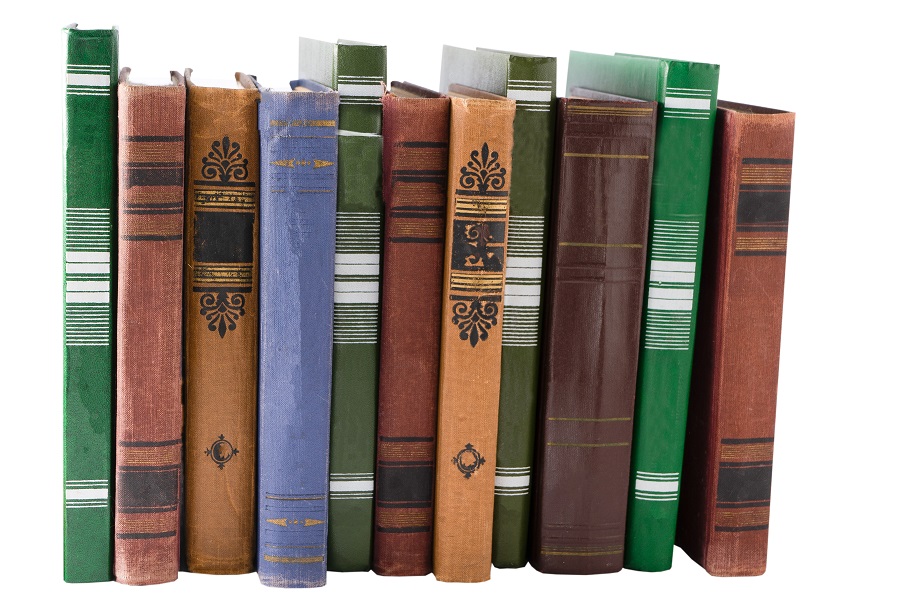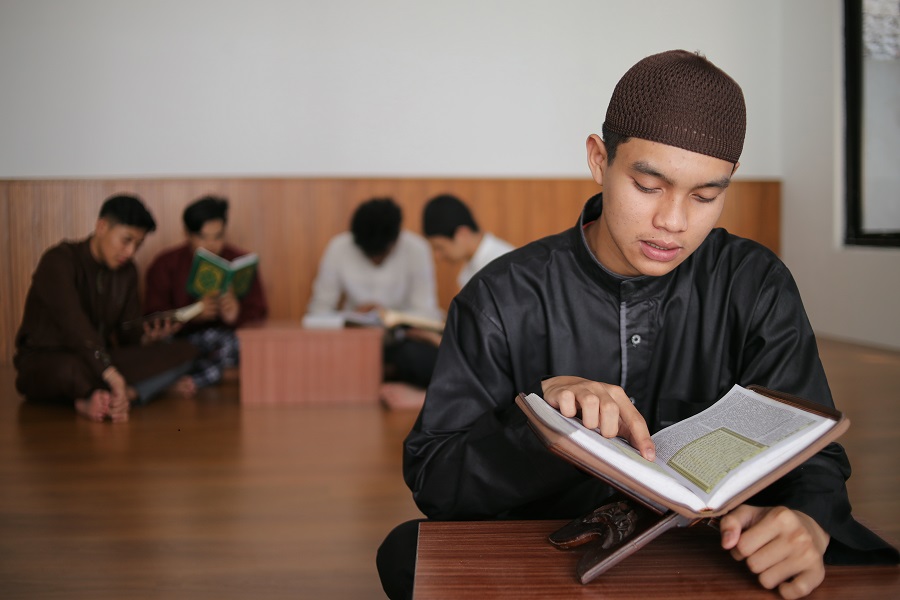JAWED ANWAR
First Published: Muslims Weekly, Issue No. 220, May 21, 2004
[This is a series of columns for the understanding of the history of Madrasa and Islamic Education System in Muslim India (South Asia) published in the Muslims Weekly, New York, USA, in the columns of "Personal Notes" by Jawed Anwar.)
WHEN Muslims ruled India, their government never established a separate education department and never appointed salaried teachers. Already established was a tradition where the kings, rulers, and affluent citizens had to establish educational institutions. This system was facilitated with the intention of thawab (as a deed to receive rewards in the life hereafter).
The rulers had allotted scholarships to scholars, teachers, and students. They established trusts, assigned assets, and tax-exempted properties so that the teachers and students involved in the education process would be free from the economic pressure. The rulers and wealthy people never interfered in the education system, even down to the curriculum and syllabus. These were the exclusive responsibilities of the teachers and scholars (ulema).
The trusts and properties were made available at every corner of the country. This education system was independent of the interference of the government. No changes in the political climate affected the system.
There was nary an instance where a Muslim ruler tried to retain the properties assigned exclusively for educational purposes or tried to discontinue ulema (scholars) scholarships, teachers, and students. To have done so would render any ruler extremely unpopular, as those acts were considered completely non-Islamic, anti-education and anti-people. This education system flourished enormously in India before the British occupation. Even a Hindu or Sikh ruler of any State (province) did never touched it.
The situation mentioned above was the general practice. However, several Muslim rulers took particular interest in spreading education. Ali Adil Shah, the ruler of Bijapur in 1561, established a palace in the Beejapur Castle 1561 and built a vast Masjid. He also made two big Madrasahs with it --one Arabic Madrasah (for divine; Deeni knowledge) and one Farsi Madrasah (for worldly; Dunya knowledge). Additionally, he also established several maktab (primary schools) in the city. At these schools, students were served healthy meals twice daily.
The governments met all educational expenses. Students received a monthly scholarship of one Hun (a gold coin) for books and stationery. Zul Hajj (the last month of the Islamic Calendar) marked the end of the academic year. The academically excelled students received huns (gold coins), and talented students were getting government jobs.
Mughal Emperor Aurangzeb Alamgir (d.1707) ordered the provinces' rulers to provide a daily stipend to every student. They had been getting the amount, depending on students' grades. It was from one aana to eight aana (six cents to seventy-two cents, a good amount of money at that time).
Teachers and students both benefited from these financial resources. The Islamic notion was that education is mandatory, and, therefore, there was no concept of tuition fees. Traditionally, instead of students' having to pay fees, students were being compensated. If the teachers were affluent and wealthy, they taught their students and took care of their students' financial needs. Only the impoverished teachers accepted salaries for their expenses.
In the first four centuries of Islam, Masjid and Madrasah (School) were one unit. There was not a concept of separate buildings for the Madrasahs. However, in the period of Nizam ul Mulk Tusi (1019-1092), the celebrated minister of the Saldjuqid Sultans Alp Arslan in Khurasan established the tradition of separate buildings, the school system; organized syllabus and curriculum.
Madrasah Nizamia Bughdadia (1067) was the first separate building of Madrasah. Other than Masjid and Madrasah, the big homes of the affluent people were often used as Madrasah. Sometimes, even the green grasses under the shadow of trees became Madrasahs.
The traditions of separate buildings for Madrasah of Khurasan were imported by the Ghori dynasty when they later conquered India.
The types of Madrasah in Muslim India according to financial resources were:
- The Madrasahs, established by one or several affluent good citizens and trust were formed to meet their expenses for life. These trust properties met all expenses of the teachers and students.
- The Madrasahs, established by a wealthy person. That one individual met all the expenses of Madrasah, teachers, and students (including food and lodging).
- The Madrasahs, established by a wealthy person when he appointed a teacher to teach their children in their homes. Other children of the neighbourhood could attend the classes. No student was turned away. Their rooms, kitchens, dining rooms were open and available for all students and teachers.
- The Madrasahs, established by an Alim (scholar) where Students lived in the residential rooms in the Masajid or affluent people's homes, and meals came from different houses, and teachers and students ate together was an established tradition.
- In the last era of Muslim India, teachers' expenses were met by affluent parents and other people. However, tuition fees and costs of meals were never asked to pay by students.
- The doors were open for any interested students. Whenever a student asked a teacher to teach him, one couldn't deny it. They knew the hadith; "Narrated Abu Huraira R.A.: that the Messenger of Allah (ï·º) said: "Whoever is asked about some knowledge that he knows, then he conceals it, he will be bridled with a bridle of fire." Jami` at-Tirmidhi 2649
Even the government officials, educated businesspeople, and others taught students in their available times.
The establishment of a Madrasah was straightforward. Whenever a teacher was available, the Madrasah was established.
The furniture of the Madrasah was fundamental. Students sat on the rugged carpet with a small low wooden table and the teacher on a cotton pillow. Tables and chairs were not available at that time, even in the homes of the rich.
The economy of establishing a Madrasah is a low cost; that is why it was easy, affordable and practical for all.
When the East India Company of Britain occupied India, they passed a "Resumption Act, No.1 of 1793, and "Land Resumption Act, No.2 c of 1818-1819." From these two acts, they occupied all the trust properties, lands, buildings, and all the facilities of the Madrasahs provided by the Muslim rulers for centuries. According to William Hunter, "That was the government's death blow on Muslims' education system" (Our Indian Musalman, p.177). Madrasahs (according to Max Muller, there was one Madrasah for every 40 homes) started closing.
The East India Company didn't take an interest in education in their first century of government. After the first century, when they opened the door for the Christian missionaries and secular education, they targeted Hindu Brahmins and wealthy Hindus in their "Downward Filtration Theory" of education. There was no room for Muslims and general public education. They gradually banned Arabic and Farsi languages and enforced English, an alien and challenging language for Indians.
Western historians couldn't hide the truth despite all their lies and deceptions. The British history of occupied India is a tragic history of education. The literacy rate of 85% of India in the eighteenth century reduced to 11% literacy 1947, Hindustan's (Bharat and Pakistan) independence year.
[The columnist used the research work (in Urdu) of Professor Syed Muhammad Saleem (b. 1920, d. 2000), ex-national President of Pakistan Teachers' Association, in this column.]
(Jawed Anwar can be reached at seerahwest@gmail.com)
Subscribe E-Letter:
AsSeerah+subscribe@groups.io
Twitter:
https://twitter.com/AsSeerah
Facebook:
https://www.facebook.com/Asseerah







